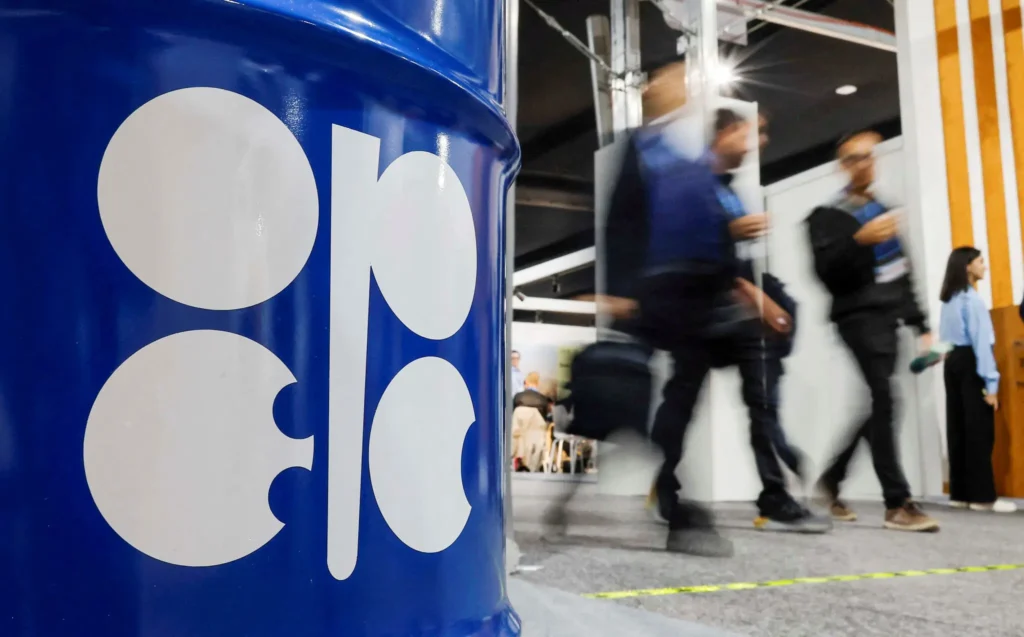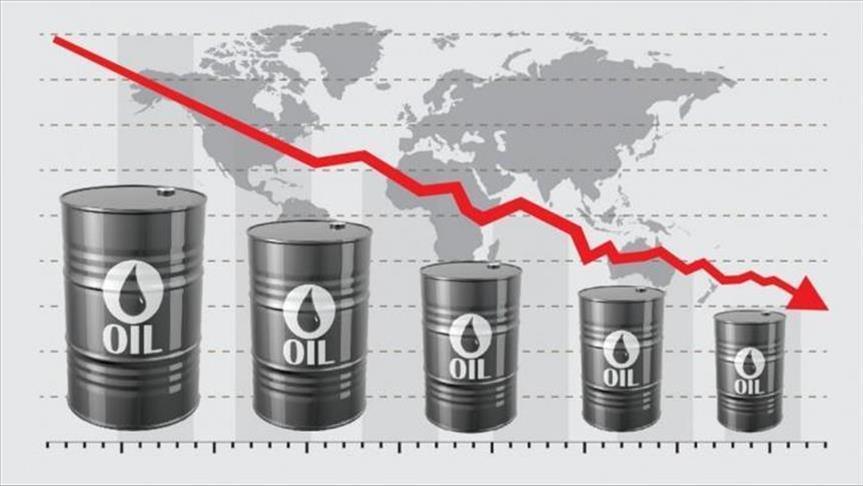Global crude oil prices are poised to post a weekly decline as easing geopolitical tensions in the Middle East and strong inventory draws from the U.S. begin to reshape sentiment in oil markets.
At the time of writing on Friday, Brent crude was trading at $68.21 per barrel, while West Texas Intermediate (WTI) stood at $65.88 per barrel—both down significantly from $77 (Brent) and $73 (WTI) at the end of last week.
The decline marks a reversal from last month’s highs, which were largely driven by fears of a potential conflict-induced supply shock in the Gulf region.
However, mid-week saw both benchmarks claw back slight gains following bullish data from the U.S. Energy Information Administration (EIA), which reported unexpected draws in both crude and refined fuel inventories, reflecting stronger demand signals.
“The market is starting to digest the fact that crude oil inventories are very tight all of a sudden.”
Phil Flynn, senior analyst at Price Futures Group
According to the EIA, U.S. crude inventories fell by more than 3.2 million barrels last week, while gasoline and distillate stocks also declined, indicating a ramp-up in refining activity and summer-season demand recovery.

The easing of tensions between Israel and Iran, previously a major geopolitical risk to global oil flows, has helped cool market jitters. A fragile ceasefire continues to hold, and there are growing signs of renewed diplomatic engagement.
Analysts at ING noted in a briefing, “Oil prices are steady following the de-escalation in the Middle East. The ceasefire between Israel and Iran continues to hold.”
“Nuclear talks between the US and Iran are set to resume next week, according to comments from President Trump.
“However, there are doubts over how successful these talks will be.”
ING analysts
The resumption of talks could potentially pave the way for lifting some U.S. sanctions on Iranian oil exports, though analysts remain cautious on any imminent breakthrough.
OPEC+ Eyes Supply Increase

Beyond geopolitical dynamics, attention is now shifting to the upcoming OPEC+ meeting scheduled for July 6, where producers are expected to make critical decisions about the group’s supply policy in the second half of the year.
“These supply hikes should ensure that the oil market moves into a large surplus towards the end of the year.
“This assumes we don’t see a re-escalation in the Middle East, which would lead to supply losses.”
ING analysts
The consensus among energy analysts is that OPEC+ may move forward with a 411,000 barrels-per-day production increase, which would further ease tightness in the global oil supply chain and put downward pressure on prices.
Such a move would be in line with the cartel’s cautious approach of gradually restoring pre-pandemic output levels while closely monitoring demand growth, especially from key markets like China and India.

Even as crude prices ease, the near-term outlook remains complex. On one hand, falling inventories and increasing demand from refineries suggest tighter supply conditions in the short run.
On the other, anticipated OPEC+ supply additions and the possibility of Iranian crude returning to the market could shift the balance toward oversupply in the final quarter of the year.
Market volatility is also being amplified by macroeconomic uncertainty, including U.S. interest rate expectations, China’s economic performance, and global inflationary pressures.
With Brent crude falling close to $68—its lowest in several weeks—analysts are looking ahead to July’s pivotal events: the OPEC+ meeting and the U.S.-Iran nuclear negotiations.
A breakdown in either could reintroduce price volatility, while successful diplomacy and coordinated supply hikes may drive further declines in prices.
In the meantime, refiners and traders will continue monitoring U.S. demand, Chinese economic data, and refinery runs to gauge how much fuel the global economy is consuming.
READ ALSO: Mastercard and Access Bank Unveil Innovative Age-Segmented Card to Empower Ghana’s Youth



















